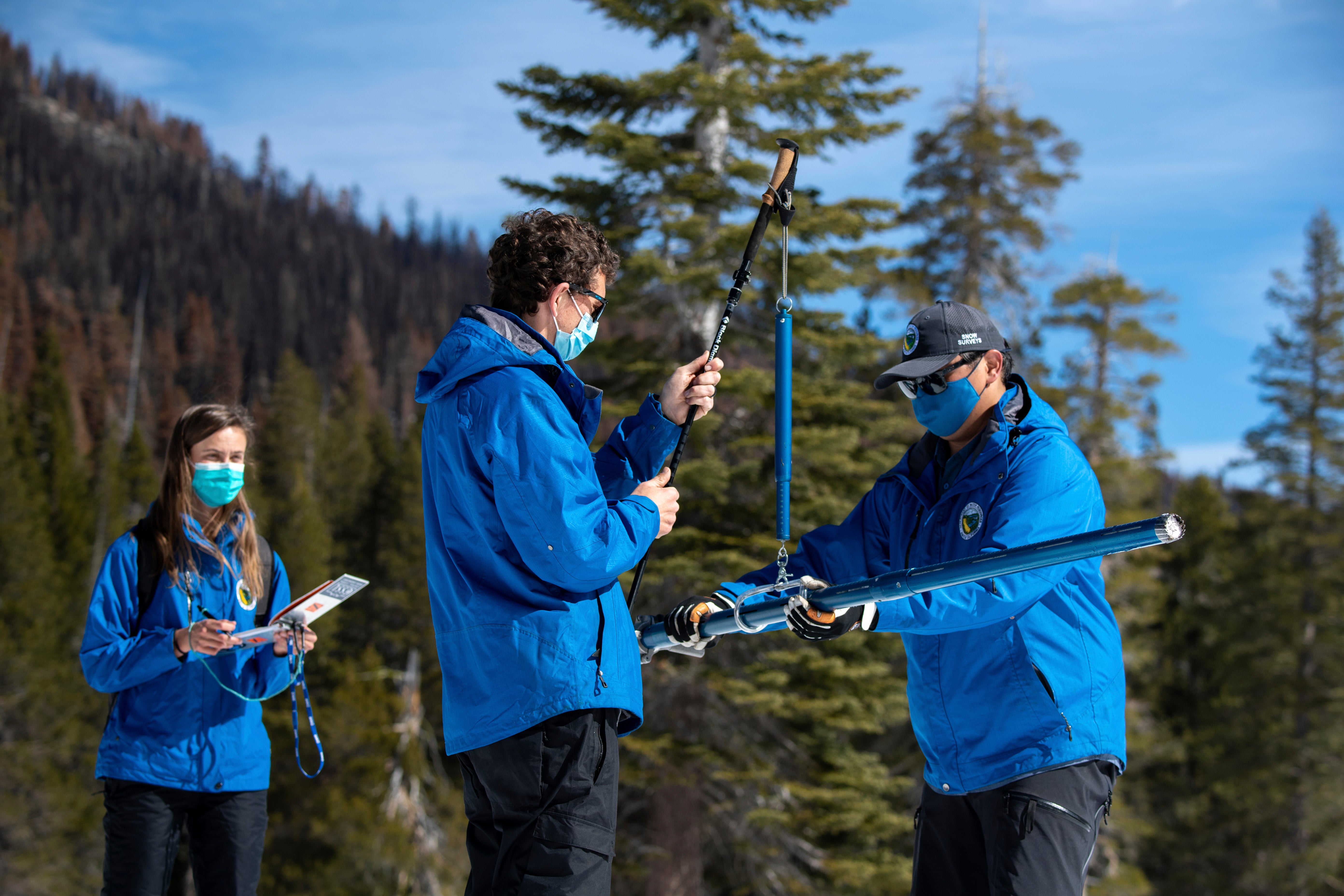California drought deepens as wet season is anything but
California is experiencing one of the driest starts to spring in decade

Your support helps us to tell the story
From reproductive rights to climate change to Big Tech, The Independent is on the ground when the story is developing. Whether it's investigating the financials of Elon Musk's pro-Trump PAC or producing our latest documentary, 'The A Word', which shines a light on the American women fighting for reproductive rights, we know how important it is to parse out the facts from the messaging.
At such a critical moment in US history, we need reporters on the ground. Your donation allows us to keep sending journalists to speak to both sides of the story.
The Independent is trusted by Americans across the entire political spectrum. And unlike many other quality news outlets, we choose not to lock Americans out of our reporting and analysis with paywalls. We believe quality journalism should be available to everyone, paid for by those who can afford it.
Your support makes all the difference.California is experiencing one of the driest starts to spring in decades, data showed Friday, and absent a heavy dose of April and May showers the state’s drought will deepen and that could lead to stricter rules on water use and another devastating wildfire season.
New readings showed the water in California's mountain snowpack sat at 39% of average. That's the lowest mark since the end of the last drought in 2015 and only the third time since 1988 that it's been that low.
About a third of California’s water supply comes from the snow as it melts and trickles into rivers and reservoirs. April 1 is when the snowpack typically is at its peak and the date is used as a benchmark to predict the state's water supply in the drier, hotter spring and summer months.
There's about 11 inches (28 centimeters) worth of water sitting in snow in the Sierra Nevada along California's eastern edge, according to the state Department of Water Resources. It's the lowest reading since the depth of the last drought seven years ago, when California ended winter with just 5% of the normal water levels in the mountains.
The numbers mark a disappointing end to California's winter, which began with heavy December storms that put the snowpack at 160% of the average. But there has been little precipitation since Jan. 1.
A storm that brought significant rain and snow to parts of the state earlier this week did little to change the course of the drought. And warmer than usual temperatures have led to the snow melting and evaporating faster than normal, state officials said.
Nearly all of California and much of the U.S. West is in severe to extreme drought, according to the U.S. Drought Monitor. Last July, California Gov. Gavin Newsom asked people to cut their water use by 15% compared to 2020 levels but so far consumption is down just 6%.
The persistence of the drought has prompted state officials to call on cities and other local water suppliers to step up their conservation plans. Local governments may act by further restricting when people can water their lawns and wash cars, limit the use of water for decorative or ornamental purposes and step up enforcement against people who let sprinklers run onto sidewalks or engage in other wasteful behavior.